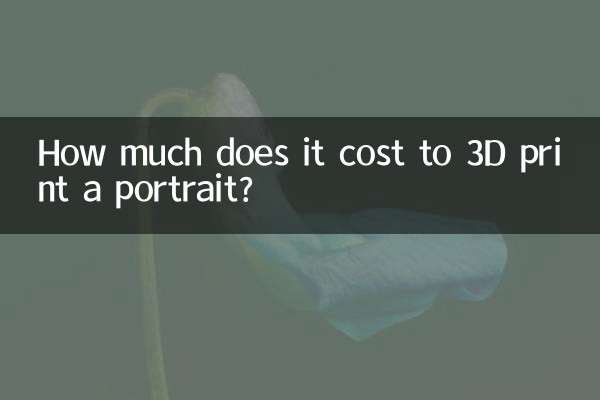What does 3D PTZ mean?
In the fields of technology and photography, 3D gimbal is a term that is often mentioned. What exactly does it mean? Why has it been so popular in recent years? This article will combine the hot topics and hot content on the Internet in the past 10 days to provide you with a detailed analysis of the definition, functions, application scenarios and market trends of 3D PTZ.
1. Definition of 3D PTZ

A 3D gimbal is a mechanical device used to stabilize and adjust the angle of a camera or device. It usually consists of three rotation axes (pitch, roll and yaw) and can achieve all-round dynamic balance and precise control. Its core function is to eliminate shake during shooting and provide users with flexible shooting angles.
2. Functions and advantages of 3D PTZ
The following are the main functions and advantages of 3D PTZ:
| Function | Advantages |
|---|---|
| Three-axis stabilization | Effectively eliminate jitter and improve picture stability |
| Multi-angle adjustment | Supports pitch, roll and yaw to achieve all-round shooting |
| Smart follow | Automatically track targets through algorithms, suitable for sports shooting |
| Lightweight design | Easy to carry, suitable for outdoor and mobile shooting |
3. Application scenarios of 3D PTZ
The application range of 3D PTZ is very wide. The following are the popular application scenarios that have been discussed on the Internet in the past 10 days:
| Application scenarios | Specific use |
|---|---|
| Film and television production | Stable images in movies, TV series, and short video shooting |
| Live broadcast industry | The picture is stable when the anchor moves dynamically |
| drone photography | Use drones to achieve stable shooting at high altitudes |
| VR content production | Provide smooth perspective transitions for virtual reality |
4. Market trends of 3D PTZ
According to recent hot topics and data, the 3D PTZ market shows the following trends:
| Trend | Description |
|---|---|
| Intelligent upgrade | The addition of AI algorithms makes the PTZ more automated |
| Friendly price | The number of mid- to low-end products has increased, and the penetration rate has increased. |
| Lightweight design | More manufacturers launch portable products |
| Cross-border integration | Deeply integrated with mobile phones, action cameras and other devices |
5. How to choose a 3D gimbal that suits you?
Faced with the dazzling array of 3D gimbal products on the market, how do you choose the one that suits you? Here are some suggestions:
1.Clarify needs: If it is for professional photography, you can choose a high-load, high-precision gimbal; if it is for daily use, a lightweight product is more suitable.
2.budget range: Choose cost-effective products based on your budget and avoid blindly pursuing high-end products.
3.Compatibility: Make sure the gimbal is compatible with your camera or device.
4.Brand and after-sales: Choose well-known brands to ensure guaranteed after-sales service.
6. Summary
As an important tool for modern photography and film and television production, the 3D pan/tilt's functions and application scenarios are constantly expanding. Whether you are a professional photographer or an ordinary user, you can use the 3D gimbal to enhance your shooting experience. With the advancement of technology and the development of the market, 3D gimbals will become more intelligent, lightweight and popular in the future.
If you have any other questions about the 3D gimbal, please leave a message in the comment area to discuss!

check the details

check the details